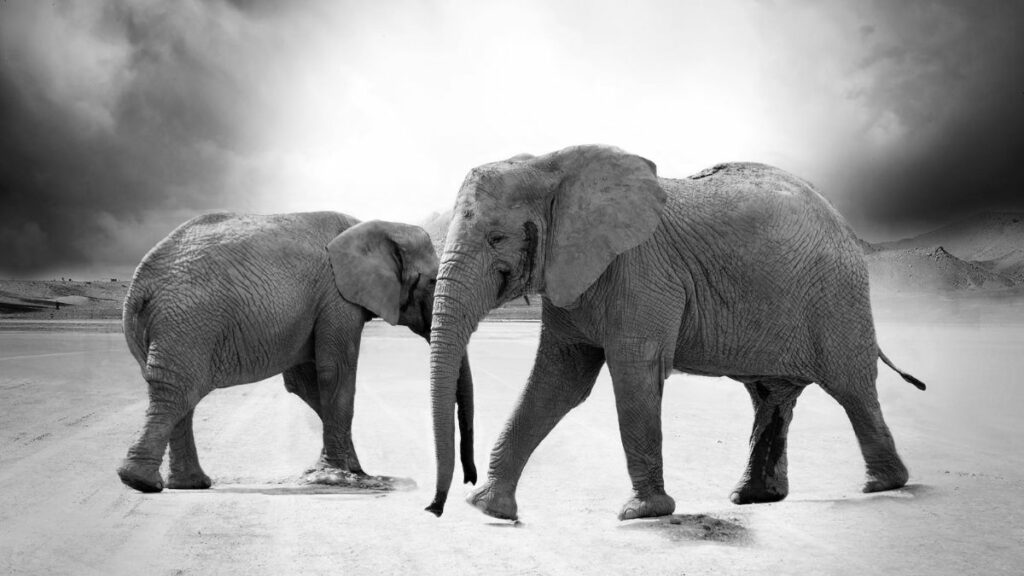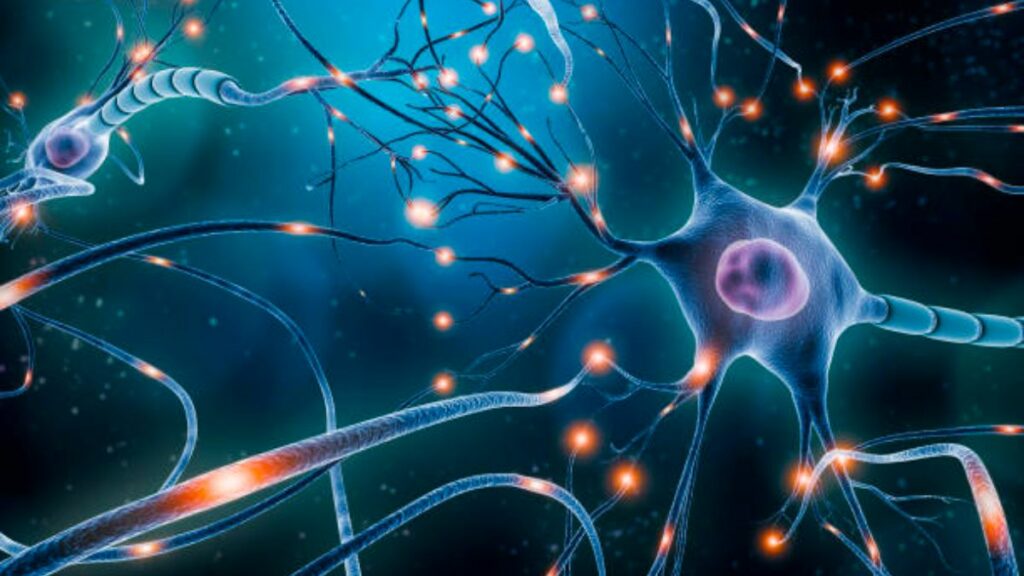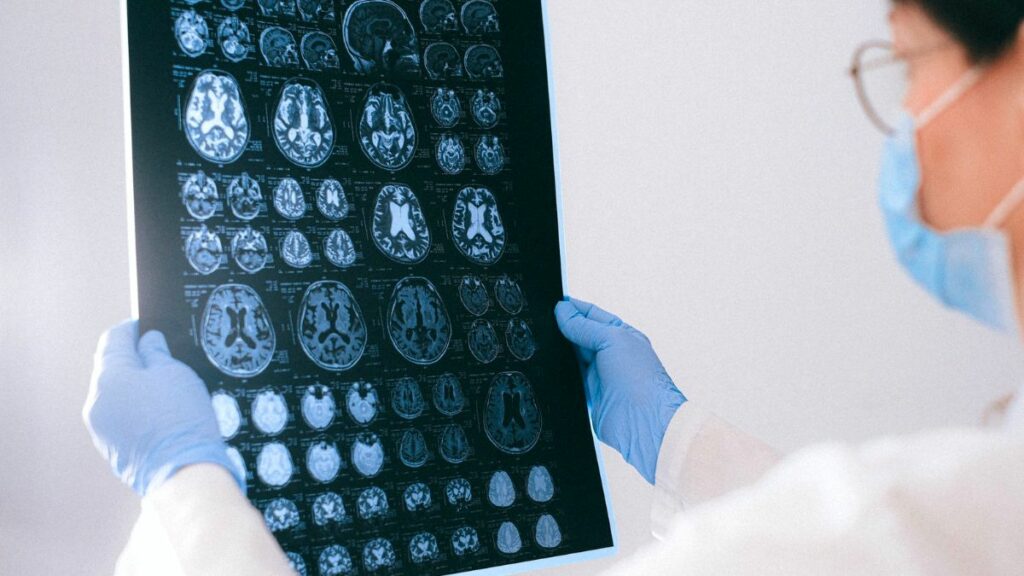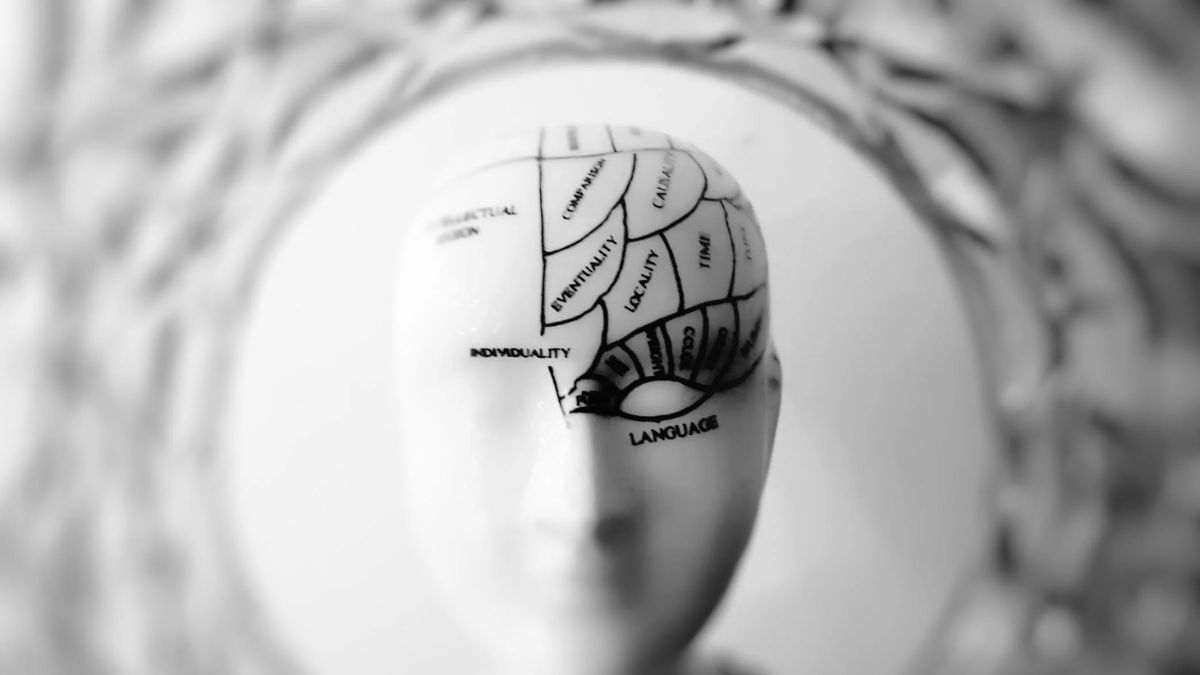How Many Neurons Are in a Brain and Brain foods
How Many Neurons Are in a Brain? If you want to know how many neurons are in a brain, you can use the relative size as a proxy. Specifically, we will look at the relative size of the hominin brain, and how it has evolved. Afterward, we will explore how this is related to how many neurons there are in the brain.
Rodents
One of the questions we often ask is, how many neurons are in a brain of a rodent? A simple answer is that they are millions. However, because of differences in species and the timing of important developmental events, comparisons can be difficult. In order to understand how these changes occur, researchers have tried to transplant human neurons into the developing brains of mice.
Now, a team of Stanford University scientists have succeeded in implanting a small number of human “organoids” in the cortex of rats. Organoids are a type of brain cell that can be grown in labs using stem cells. Although these mini-brains do not fully replicate the anatomy of real neurons, the researchers believe they are a great tool for studying the wiring and behavior of real brains.
The team used optogenetics, a revolutionary laser technique. When a blue light was shone onto the organoids, they would respond. This allowed them to be identified and isolated from the surrounding brain tissue.
After a few weeks, the neurons started firing. It was the first time researchers had been able to see a human “organoid” develop in a rat’s brain. These new cells behaved differently than their rodent counterparts. They had smaller dendrites and were missing some of their dendrites.
These findings may help us better understand the causes and treatments of neurological disorders. They also show that human-rodent chimeras can be a useful tool for understanding human development.
These new results have been published in the Cell, Stem Cell journal. Sergiu Pasca, a professor at Stanford School of Medicine, is a senior author.
Researchers also studied the integration of human neurons into the circuits of mice. These neurons were genetically modified so they could respond to light.
Primates

If you have ever wondered how many neurons are in a brain of primates, you are not alone. While it is true that the number of neurons in the human brain is similar to that of other mammals, the brain itself has a notably different architecture. This may explain why humans have a cognitive ability that is not found in other primates.
The size of the human brain is relatively small compared to that of other primates. However, the amount of gray matter in the human prefrontal cortex is significantly larger than that of other mammals.
In addition, the human brain has a very well-defined distribution of neurons, making it an ideal model to study. Another interesting aspect of the human brain is that the cerebral cortex, the “thinking” part of the brain, holds a comparable proportion of neurons as that of other primate cortices.
Neurons can be divided into three groups: glial cells, neurons, and synapses. All three types increase in size at differing rates. Some of the fastest rates of growth are found in the basal ganglia and the diencephalon.
As a result, the relative cost of the various forms of neural tissue scales with the brain’s volume. A recent study indicates that the relative cost of neurons in the human brain is not much higher than in other mammals.
Similarly, the relative cost of synapses is not much higher than in other mammals. Perhaps this is because the cost of forming a synaptic connection is relatively cheap.
On the other hand, the relative cost of building a neuron may be far more expensive than the cost of constructing nonneuronal bodily tissues.
Elephants

How many neurons in a brain of an elephant is a bit of a debate, but the answer is no less than three. This large and intricately connected brain provides the foundation for elephant cognitive abilities.
The brain of an elephant is big, and it’s not just because they are mammals. They are also quite curious. Elephants can understand the motions of vehicles driving on a road, their own and others’ signals, and their own and other people’s intentions. These skills help them learn about people and the world around them.
One of the biggest sensory structures in an elephant’s brain is the elephant trigeminal ganglion. It’s one of the largest primary sensory structures in animals, and it plays a major role in elephant’s ability to smell. Unlike humans, elephants can detect and respond to low frequency rumbles that is too loud for us to hear.
There are several major regions in the elephant’s brain. For example, the cerebral cortex, which is a key part of the elephant’s brain, is quite complex and contains a vast number of neurons.
An African elephant’s cerebellum is three times the size of a human’s, and it contains nearly twice as many neurons as the human. In addition to the cerebellum, elephants have an olfactory bulb, which contains a honeycomb arrangement of cells.
Other elephant brain goodies include a well-developed facial motor nucleus, which controls facial muscles. Asian elephants, on the other hand, have fewer facial nerve cells and smaller ears. Similarly, an elephant’s trunk functions as an olfactory bulb and the elephant have an acute sense of smell.
Despite their large brains, elephants are capable of performing small tasks like chirping, trumpeting, and moving to a new location. Using the trunk to get food is a crucial function for an animal with so much body mass.
Relative size as a proxy for the relative number of neurons

Relative size is a measurement of the ratio of the average brain size of a species to its body size. It has often been considered a proxy for the number of neurons in a brain. But the relationship between relative brain size and its associated characteristics is not straightforward.
There is no universally accepted way to calculate relative size. Depending on the species, a range of possible metrics can be used. These include the encephalization quotient (EQ), which indicates the relative size of the brain compared to other species.
While the relative size is the most obvious indicator of relative brain volume, it is not necessarily the most useful. A more useful measure is relative neuronal density, which predictably varies with the size of the brain.
The relative size of the glial to neuron ratio has been asserted in many articles. However, the glial to neuron ratio does not correlate with the relative cortical mass, which is a measure of the size of the cerebral cortex.
Although relative brain size has been a popular measure of cognition in animals, it is not always a reliable indicator. Several groups have investigated this, including Herculano-Houzel et al., who studied the relative size of the oculomotor, cortical and cerebellar neurons in non-human primates.
The relative neuronal density in primates is also a good way to assess cognitive ability. In humans, the human cerebral cortex is about 19% of the total brain. This is not significantly different from other mammals, and it has been suggested that the brain’s size is not a reliable measure of its neurons.
A new, more accurate approach to calculating the cellular composition of the brain can be developed. One such method is the conduction velocity, which is the time it takes for a particular neural pathway to be completed.
Evolution of the hominin brain

Hominin-brain evolution involves a series of reorganizational, structural, and functional changes. These changes are a result of interactions between biology and behavior. This is accomplished by allometric and non-allometric changes.
The hominin brain has expanded in size relative to the body through its evolutionary history. It is the largest mammal brain in the animal kingdom.
There are a number of interrelated theories that explain the expansion of the human brain. Some of these include changes in diet, childbirth, and locomotion. Others suggest that the rapid growth in the brain may have occurred early in the human evolutionary history.
One theory suggests that the fire control system may have played a key role in the evolution of the human brain. This system would have allowed for nearly double the number of neurons in the brain. However, this increase in the number of neurons would have taxed the survival of hominins.
Another theory describes the increase in the total number of neurons in the human brain as a cognitive advantage. These neurons are responsible for conscious thought. A higher number of neurons in the brain means that the individual can use the extra neurons to gain a competitive advantage.
The evolution of the human brain has involved the development of language and culture. Both of these changes involve complex interactions between biology and behavior. In addition, the development of these systems involved trade-offs. For example, the development of language required the development of tool making. As a result, the ability to produce and use tools is considered a form of adaptive advantage.
Hominin brain evolution is a complex process that includes reorganizational, structural, and asymmetrical changes. Understanding these changes requires knowledge of how they affect both locomotion and demography.









